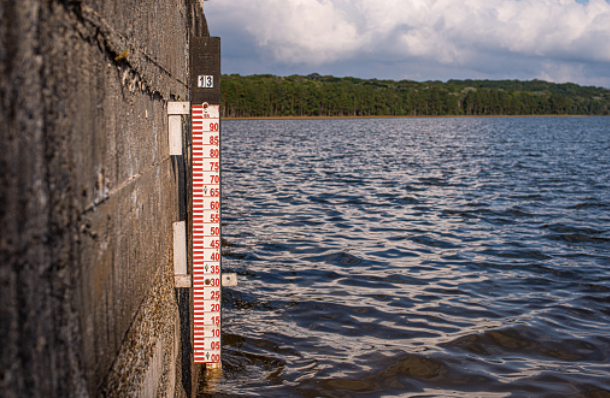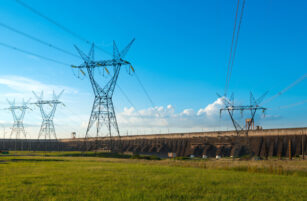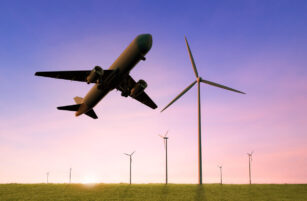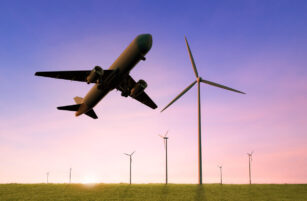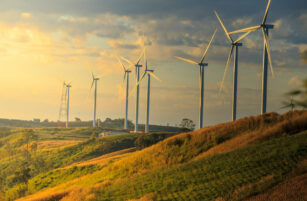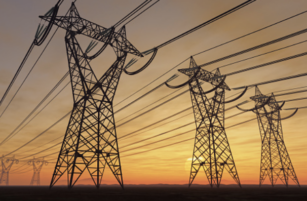- Brazil received plenty of rain in October.
- Hydroelectric reservoirs remain worryingly shallow, though, especially with La Niña looking more likely.
- These reservoirs fuel 64% of the country’s electricity generation.
Brazil’s reservoirs remain low, despite strong October rains
- A dry period has been affecting the level of reservoirs of hydroelectric power plants since 2016.
- The drought affects the operation of the hydroelectric power plants, which are responsible for 63.8% of Brazilian electricity capacity, many of these plants are located in the Southeast and South regions.

- Recently, the market is feeling more positive as a result of increased rainfall in in October.
- However, reservoir levels remain low.
- In addition, precipitation deficits observed in the last 5 years have led the soil to become increasingly dry.
- Because of the soil condition, it is needed larger volume of rainfall to refuel the water reservoirs to energy security levels.
You might be interested: Understand the El Niño / La Niña phenomenon (click here)
- There is an 87% probability of occurring La Niña from December to February 2022, according to NOAA (National Oceanic and Atmospheric Administration),
- This is worrisome since the phenomenon brings uncertainties on the volume of rainfall during the Brazilian wet period (from November to April).
- Therefore, the average volume of rainfall may be insufficient to re-establish the levels of hydroelectric reservoirs.
- Let’s look at how La Niña can impact the generation of electricity in Brazil.
Influence of La Niña in the South
- La Niña increases the likelihood of drought in the Southern region.
- This should mean the region’s reservoir levels drop, as was the case in 2016/17.

- The reduction of precipitation (less clouds) can increase the incidence of sunlight.
- Naturally, we think that the solar generation capacity of the region might be favored.
- Unfortunately, though, the South is only capable of production 9MW of solar energy at present.
Influence of La Niña in the North and Northeast
- For the North and Northeast, the effects of La Niña are the opposite.
- Rainfall should increase, benefitting hydroelectric power generation, as was the case in 2016/17.

- The happiness is only momentary, as despite the possibility of the increase in the levels of reservoirs in the Northeast, the impact is negative for the region’s wind power plants.
- As it stands, the Northeast is the largest wind power production in Brazil, but La Niña should hinder its production as it lessens the speed of its winds.
- In addition, increased precipitation in the region can reduce solar generation capacity.
Influence of La Niña in the Southeast and Centre-West
- The effects on the central regions are difficult to predict, as it is the transition area in between two regions directly affected by the phenomenon in different ways.
- It is therefore measured case by case and depends on the intensity of La Niña.
- Meanwhile, the high probability of La Niña serves as a warning for droughts in the Southeast, as we saw in 2020.
Challenges for the Electrical Sector in 2022
- Thermoelectricity prices are rising as Brazil’s hydroelectric generation is set to reduce because of low storage in key water reservoirs, and this is reflected in the price paid by the consumer.
- Brazil’s vaccination efforts are leading to an economic recovery post-COVID, energy consumption is increasing alongside this.
- Even with rainfall starting as predicted, the possibility of another unfavorable water cycle in 2022 requires attention.
- We can’t rule out the possibility of a supply deficit, or the non-fulfillment of total or partial demand for energy.

- Due to the continued use of thermoelectricity this year, availability in 2022 could reduce as plants are forced to close for maintenance.
- In addition, the schedule of the works scrutinized by ANEEL indicates delays in the commissioning of new generation plants for the coming year. Thus, a drop in electricity prices seems unlikely in 2022.
Other insights that may be of interest…
World Sugar Market Five-Year Outlook
Czapp Explains: The Impacts of El Niño and La Niña in Brazil
Interactive reports that may be of interest…
